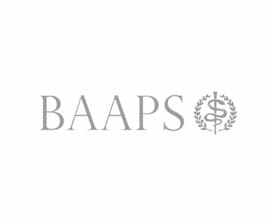Breast reduction (mammoplasty)
Breasts that are too large and out of proportion to body weight and build can be a source of great embarrassment, considerable discomfort and marked physical disability. A breast reduction operation, when performed by an experienced plastic surgeon, can be a liberating and life transforming turning point no matter what age. Posture improves, discomfort can vanish and confidence can blossom. Choosing clothes which was once a frustrating chore becomes a source of pleasure and inspiration.
The operation is no minor undertaking but the positive life enhancement is a dramatic reward. It is occasionally performed on one side only to balance a smaller breast but it is otherwise two operations performed simultaneously on two breasts. The geometry and the aesthetics of the breast are complex and the surgeon must work with the stretchy excess skin and the underlying mobile breast tissue to shape a new breast with as little scarring as possible. At the same time, as much consideration as possible is given to shape, sensation and breast function.
Prices start from £8,500









